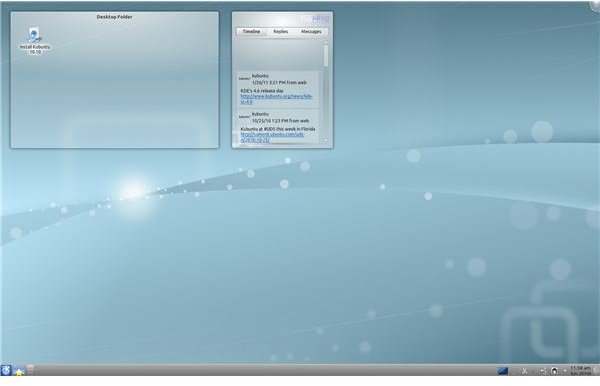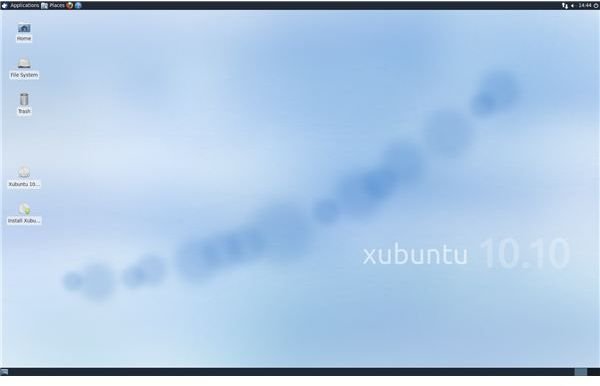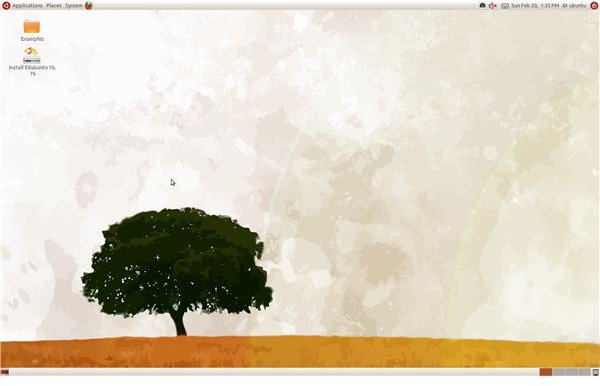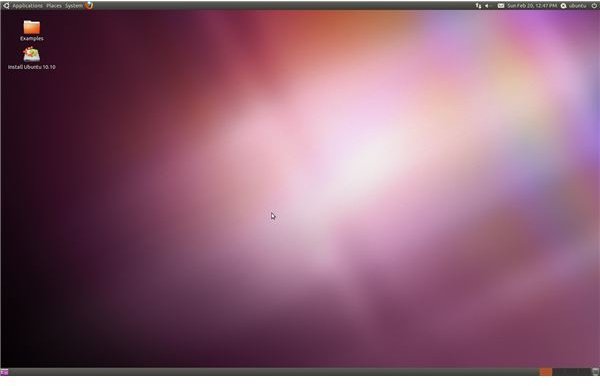What is the Difference Between the Various Ubuntu Derivatives?
The Ubuntu Family of Linux Distros
For users new to Linux, even the names of the most popular Linux distributions like Ubuntu, Slackware, or Debian might not mean anything. Well, if you haven’t heard about Ubuntu, you can take my word that this is one of the most popular Linux distros and this is for a reason.
Ubuntu is a relatively small distro (the install fits on a CD) but it has a lot of applications an ordinary user can make use of. Of course, if you need a distro with as many applications as possible, Ubuntu doesn’t offer it right from the start but you can always install additional applications from the repositories.
The fact that Ubuntu became a huge success led to the appearance of many Ubuntu-based distributions. Some of these distributions use Ubuntu as a base and add new applications to it. An example is SuperOS – it uses the core Ubuntu files, the Gnome desktop (and the applications that go with it), and adds a bunch of other applications (like WINE).
Other distros, for instance Kubuntu and Xubuntu also use Ubuntu and its core files but they replace the Gnome desktop environment with an alternative desktop, or as in the case of Edubuntu, they replace some of the Gnome applications in Ubuntu with education-centric ones. All these four Linux distributions (plus Ubuntu Studio – the multimedia derivative) are developed by Canonical Ltd. and they are an official part of the Ubuntu project, while the other distributions aren’t officially related to the company behind Ubuntu.
Ubuntu, Kubuntu, Xubuntu, Edubuntu … How Do They Differ?
Basically, the shortest answer to the question what is the difference between Ubuntu, Kubuntu, Xubuntu, and Edubuntu is that they are the same body in a different outfit. They all use files from the Ubuntu repositories but since they serve a different purpose, their selection of applications, and sometimes desktop environments, differs.
Ubuntu – the Mother of Them All
Ubuntu is the most popular member of the family. It comes in three basic versions - Desktop, Netbook, and Server. Ubuntu comes with the Gnome desktop environment and it includes applications such as Open Office, Firefox, Evolution and Empathy. The screenshot below shows the default Ubuntu desktop.
Kubuntu – the KDE Sibling in the Family
If KDE is your Linux GUI of choice, then Kubuntu is your distribution. There were times when Kubuntu shipped with KOffice but now they have moved to Open Office. Some of the other applications you will find there are Firefox, Kopete and Amarok. The screenshot below shows the default Kubuntu desktop. Here are some additional Kubuntu screenshots.

Xubuntu – Ubuntu + the Xfce Desktop
The fans of the Xfce Desktop will appreciate Xubuntu. Xfce is a lightweight desktop environment and this makes it perfect for running on old and not powerful PCs. Xfce might be less popular than the top Linux GUI Gnome and KDE but it still has a lot of fans. Some of the applications that come installed right out of the box are Firefox, Abiword, Gnumetric, and the Parole media player. Here is what the default Xubuntu desktop looks like:

Edubuntu – Ubuntu for Educational Purposes
Finally, the last member of the Ubuntu family I will mention, is the educational Edubuntu distribution. Similar to Ubuntu, it also uses the Gnome desktop environment but the pack of applications included differs. Edubuntu includes the KDE Education project, GCompris, Tux4kids Edutainment Suite, Gnome Nanny and more. The applications in this distribution are targeted at pre-school, primary, secondary, and tertiary educational forms. Here is a glimpse of the default Edubuntu desktop:

To summarise, Ubuntu, Kubuntu, Xubuntu, Edubuntu are all from Canonical Ltd. The main difference between Ubuntu, Kubuntu, Xubuntu, and Edubuntu is the desktop environment they use and the applications they include by default.
Image Credits and References
- Ubuntu site, https://www.ubuntu.com
- Kubuntu site, https://www.kubuntu.org
- Xubuntu site, https://www.xubuntu.org
- Edubuntu site, https://www.edubuntu.com
- All screenshots courtesy of the author.
